Introduction
Renewable energy technologies have revolutionized the way we utilize land resources, offering a transformative approach to energy production. Solar, wind, and hydroelectric systems harness the natural power of the environment, optimizing the usage of previously idle or underutilized lands. In Pennsylvania, the concept of agrivoltaics combines agriculture and solar energy production, enabling the dual use of land for both food and energy generation.
This article explores the role of renewable energy in unlocking land potential and highlights the importance of sustainable development in achieving global energy goals. It also delves into the challenges faced in energy land transition and the crucial role of energy land consultants in navigating these complexities. Furthermore, the article discusses expert solutions for energy land development, best practices for wind energy development, strategic planning for energy land use, and the financial and technical support needed for energy transition.
Lastly, it emphasizes the significance of scaling up low-carbon technologies and overcoming bottlenecks in the energy transition process. With a formal and authoritative tone, this article provides detailed information on the multifaceted aspects of renewable energy and its impact on land utilization.
The Role of Renewable Energy in Unlocking Land Potential
Renewable technologies, such as solar, wind, and hydroelectric systems, provide a transformative approach to utilizing resources. By utilizing the inherent power of the surroundings, these technologies can be implemented on areas that were previously vacant or underutilized, maximizing their utilization. For example, agrivoltaics, a concept growing in Pennsylvania, merges agriculture and photovoltaic solar power generation, allowing the simultaneous utilization of space for both food and electricity production.
Innovative research in Pennsylvania is exploring how agrivoltaics can contribute to a more biodiverse and sustainable agricultural landscape. This includes analyzing media narratives around solar development and understanding the experiences of local farmers and land operators engaged in or interested in this nascent field. The goal is to provide insights that can support the growth of agrivoltaics and enhance soil health beneath solar installations.
The push for sustainable power is further highlighted by global efforts, like the COP28 commitment to significantly increase the capacity of renewable sources. This aligns with the sustainable development goals of improving living standards without depleting essential resources for future generations. Green building standards and renewable projects are crucial in this regard, as they aim to reconcile economic growth, social equity, and environmental stewardship.
Recent advancements in renewable sources, such as the large-scale investments in solar and wind power in Azerbaijan and the ongoing exploration of nuclear fusion, indicate a shift towards cleaner options. According to the Solar Energy Industries Association, utility-scale solar power plants need 5 to 10 acres per megawatt, demonstrating the viability of producing substantial power from solar farms.
Furthermore, the Renewable Energy and Sustainability Report (RESR) by REN21 emphasizes that the advantages of renewable power, including its minimal impact on land, water, and biodiversity, outweigh the potential negative effects. These can be reduced through best practices, ensuring a fair and sustainable transition. Research conducted from 1998 to 2021 demonstrates the changing technical capacity of renewable sources, pointing to a promising future for technologies that are both environmentally friendly and economically feasible.
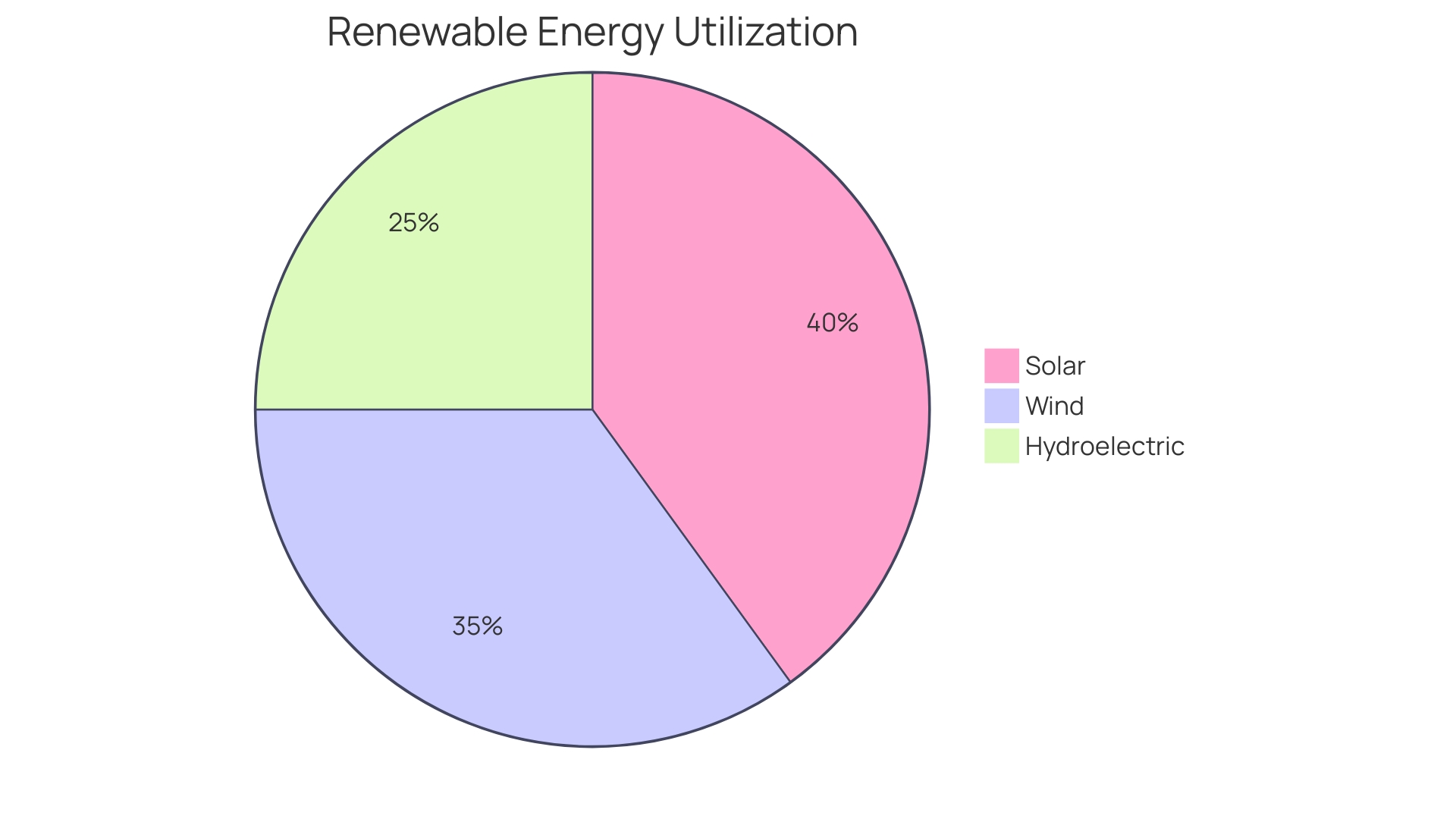
Challenges in Energy Land Transition
Understanding the complexities of acquiring property for power projects necessitates a profound comprehension of a diverse terrain. Energy consultants are leading the way in this endeavor, addressing the multitude of challenges that come with identifying and securing property that is not only suitable but also complies with a variety of environmental, infrastructural, and societal factors. The complexity of this process is further compounded by stringent regulatory and legal frameworks. For example, laws such as the National Environmental Policy Act (NEPA) in the United States, which initially aimed to promote transparency regarding environmental impacts, now often result in significant development delays ranging from 2 to 6 years, and substantial compliance costs.
The realities of these delays are starkly highlighted in Iceland's situation, where geothermal development faces geological threats. Seismic activities have resulted in evacuations and the fortification of infrastructure, indicating the potential hazards that come with development in geologically sensitive areas. These events emphasize the importance of careful site selection and community engagement, which are essential components of a land consultant's role.
Furthermore, the route to sustainable power and the wider transition in power is filled with both chances and hindrances. Organizations like Sustainable Energy for All (SEforALL) stress the pressing requirement to reconsider production and consumption of resources to achieve global sustainability goals. The implementation of these changes must be navigated with precision and care to ensure that the ambitions for a net-zero future do not widen the gap between intent and action.
In this situation, professionals specialized in the field provide a complete range of options, from careful location selection that takes into account environmental and infrastructural factors to successfully managing the complex network of legal and regulatory demands. Their proficiency is vital in aligning development initiatives with the goals of transition and ensuring that the landscapes of tomorrow are not only effective but also robust and in accordance with the changing fabric of worldwide and regional standards.
Expert Solutions for Energy Land Development
Experts focusing on the development of land for energy purposes play a fundamental role in navigating the intricate landscape of energy land development, ensuring that initiatives not only comply with multifaceted regulations like the National Environmental Policy Act (NEPA) but also align with the growing emphasis on sustainable development. Their proficiency expands to performing thorough site evaluations, where they assess the suitability of the area, environmental effects, and the viability of projects. This meticulous process helps in discerning the potential challenges and opportunities that might arise during the course of development.
The significance of specialists in the field of power resources on property becomes even more vital in light of the legal and bureaucratic barriers that can cause long delays in development and significantly escalate expenses. Their strategic guidance is indispensable in devising land acquisition strategies that are sensitive to these constraints while negotiating with landowners to secure the necessary rights-of-way.
Furthermore, the experts' efforts are crucial in promoting sustainable power initiatives, like the Wishcamper Hampden solar endeavor in Maine, which highlights the significance of expansive, land-based solar ventures in densely wooded areas. Similarly, the partnership in Tunica, Mississippi with the Aaron E. Henry Community Health Center exemplifies the transformative impact of sustainable power systems on community health and resilience.
Given the global trend towards sustainable power, as demonstrated by Azerbaijan's substantial investment in renewable resources and the all-time peaks in clean electricity production in Europe, the expertise of advisors in the field of energy and land is increasingly crucial. They enable the transition to green infrastructure by advocating for and implementing green building standards, thereby contributing to a more sustainable and resilient future.
The perspectives from land consultants in the field are not only based on a deep comprehension of the current legal and regulatory environment but are also motivated by a dedication to innovation, as emphasized by industry leaders who stress the importance of embracing emerging technologies and creating intricate solutions that others might avoid. Their aspiration to deliver initiatives that prioritize cost-effectiveness, carbon reduction, and the adoption of state-of-the-art technology, aligns with the overarching objective of ensuring power security and sustainability for future generations.
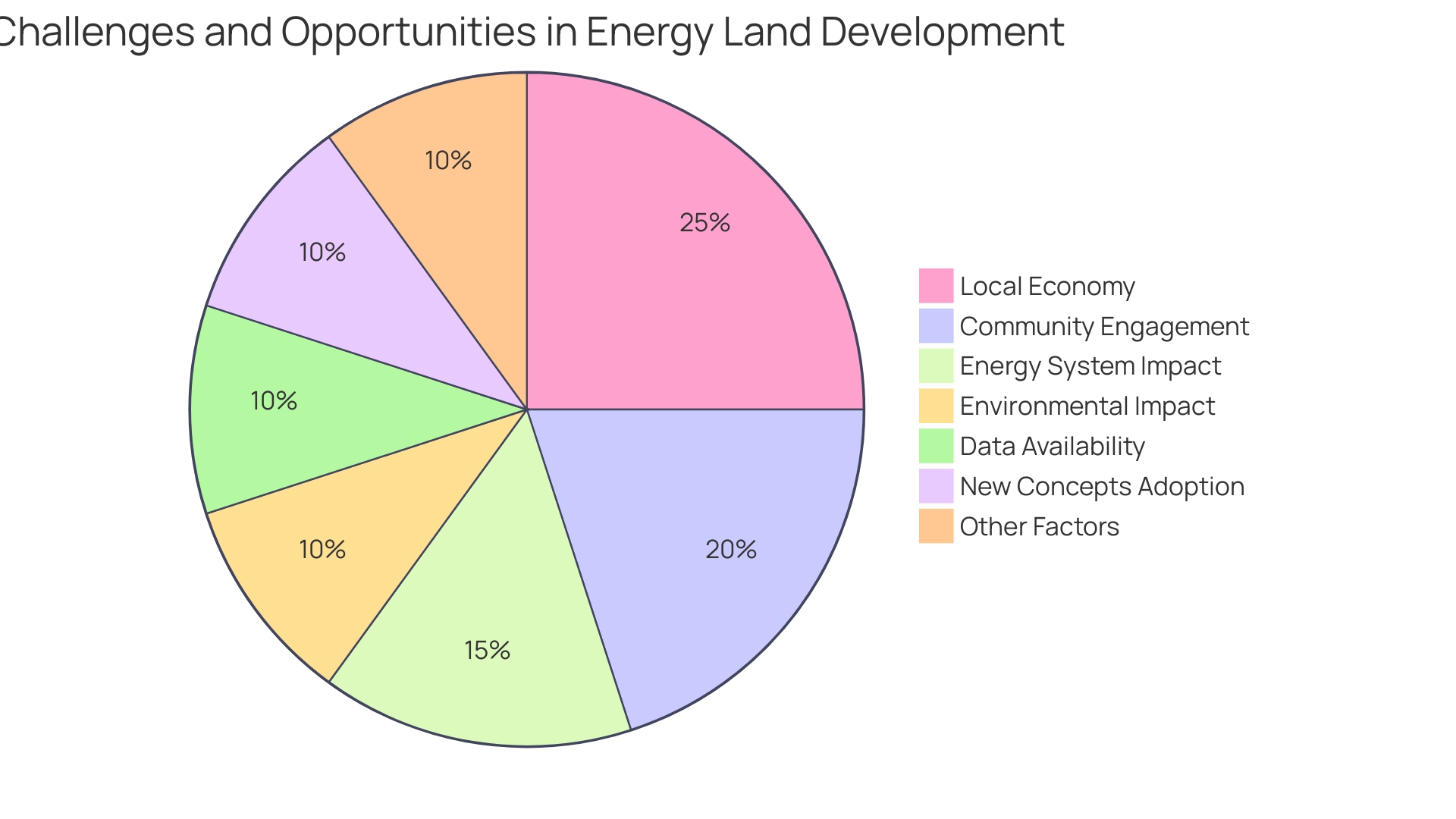
Best Practices for Wind Energy Development
In the dynamic landscape of renewable sources, wind power emerges as a frontrunner in expansion. Land experts are leading the way in this growth, providing their knowledge to wind power developers from the beginning of a project until it becomes operational. These consultants play a crucial role in evaluating wind resources, performing feasibility assessments, and pinpointing optimal sites for wind farms, thereby facilitating a smooth transition from planning to implementation.
The significance of choosing the appropriate site is emphasized by successful instances, like the encounter shared by Pete Ferrell, who was initially reluctant to introduce wind power to his ranch in 1994. With careful consideration and consultation, the project was realized, demonstrating the value of expert guidance in overcoming initial skepticism. The ideal site is informed not only by wind resource availability but also by the topography's alignment with prevailing wind directions, as seen in Lompoc's wind farm development.
Additionally, land experts play a vital role in maneuvering through the complex permitting procedures and effectively interacting with stakeholders. They ensure that environmental considerations are addressed, thereby maintaining the delicate balance between development and sustainability. This comprehensive approach is crucial as the industry reaches crucial moments, with New York's ambitious sustainable power goals exemplifying the broader dedication to environmental stewardship.
Moreover, as the life cycle of wind power initiatives evolves, experts are also shifting their focus to end-of-service approaches, community effects, and recycling efforts for components such as turbine blades. This proactive planning underscores the industry's dedication to a sustainable future. Therefore, the function of consultants specializing in sustainable resources expands beyond the establishment of wind farms, contributing to the continuous development and responsible administration of renewable energy sources.
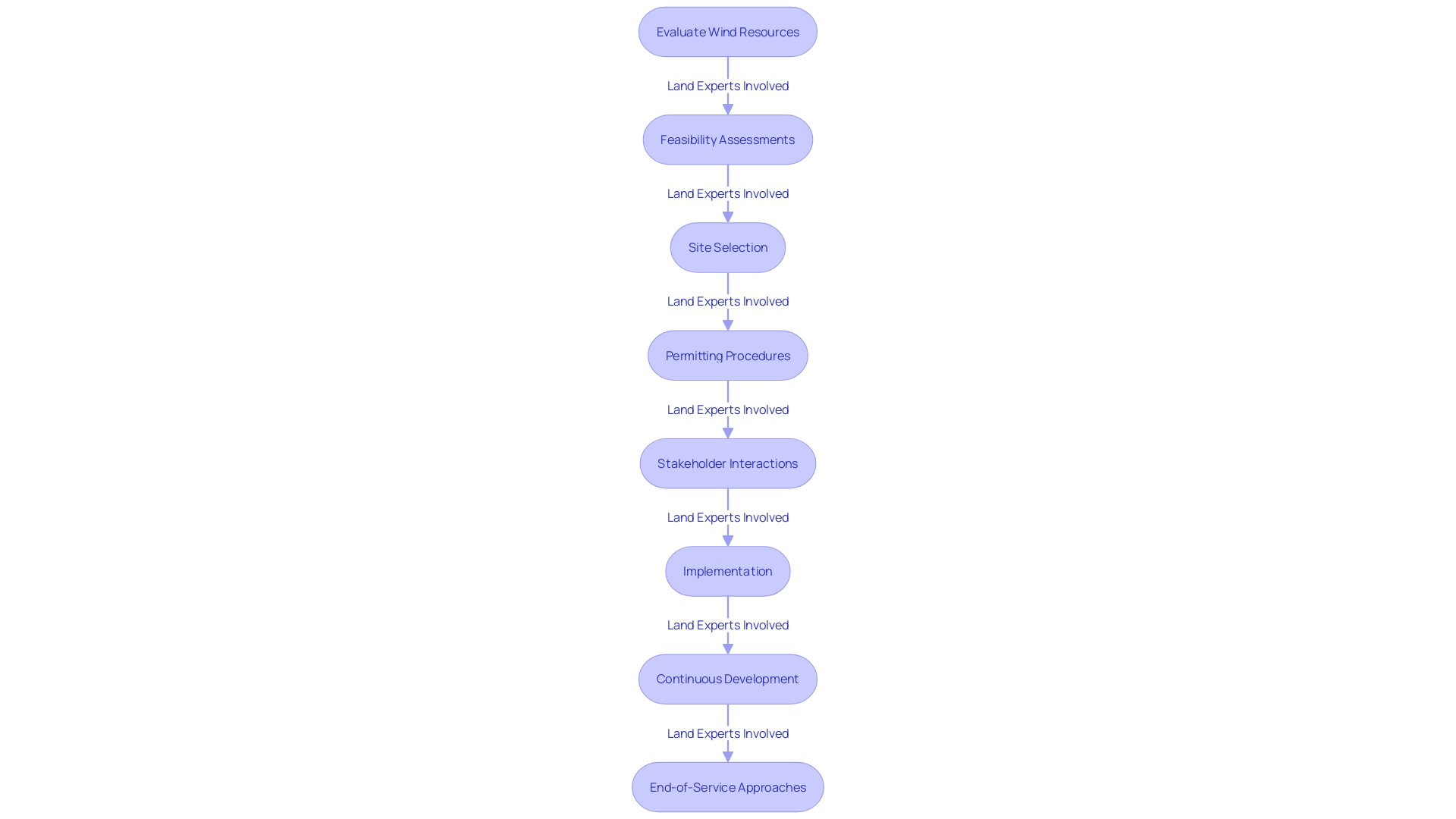
Strategic Planning for Energy Land Use
The intersection of energy development and land management necessitates a nuanced approach to planning and execution, particularly when considering the dual utilization of land for energy initiatives and agricultural practices, as evidenced in the concept of agrivoltaics. This groundbreaking approach entails combining solar photovoltaic systems with agricultural areas, promoting both power generation and food cultivation. The achievement of such projects is based on thorough evaluation and tactical utilization of resources, guaranteeing that the objectives related to power are achieved without jeopardizing the productivity of farming or the integrity of the environment.
Recent discussions, such as those facilitated by the National Renewable Energy Laboratory (NREL), have highlighted the critical importance of balancing power stability and affordability. The case of Guam shows that even a 13% contribution to electricity from solar photovoltaics can have a significant impact on a region's power portfolio. However, a broader consideration of the impacts on the environment and neighboring communities is paramount, as articulated by researchers like Kaitlyn Spangler and Lauren McPhillips. Their work emphasizes the need to minimize conflicts between solar energy installations and valuable agricultural areas, advocating for strategies that enable coexistence.
The necessity to construct solar infrastructure rapidly in reaction to the climate crisis must be balanced against the potential damage to natural and working areas. In Massachusetts, for example, over 5,000 acres have been repurposed for solar development since 2010, resulting in significant carbon emissions reduction. This highlights a need for a balanced approach that considers the carbon absorption capabilities of natural ecosystems and farm soils, which are crucial for achieving greenhouse gas reduction targets.
Furthermore, a intelligent power siting approach, as advocated by the Western Resource Advocates (WRA), underscores the importance of aligning clean power development with conservation values, ensuring that new projects do not exacerbate habitat loss or ignore the interests of local communities. Efficient utilization frameworks, as suggested by the Food, Farming and Countryside Commission, can offer a organized approach to make well-informed choices regarding allocation for different objectives, including storage and generation of power.
To achieve the ambitious net-zero emissions objective by 2050, an estimated 0.5% of the U.S. land—approximately 16,000 square miles—would need to be dedicated to solar power. This highlights the vital role of land experts who must navigate the intricate interplay of land availability, technological suitability, environmental concerns, and stakeholder interests to develop strategies that maximize land use for renewable initiatives while ensuring long-term sustainability and equity.
Financial and Technical Support for Energy Transition
Experts who focus on renewable resources help customers by guiding them through the intricate terrain of financial benefits and technical obstacles linked to sustainable initiatives. They utilize tools such as government grants, subsidies, and financing to promote transition endeavors. Their expertise encompasses project design, engineering, and implementation, ensuring optimal resource use and compliance with prevailing standards. Their role is crucial in catalyzing the shift towards a greener paradigm, aligning with international objectives like Sustainable Development Goal 7 and the Paris Agreement's climate targets. These experts are crucial in connecting the difference between commitments and disbursements, as discrepancies often occur due to factors like the time lag between these stages. By providing clarity on fiscal and tax regulations, effective stakeholder engagement, and coherent action plans, they enhance the efficacy of development finance initiatives. Furthermore, they tackle the requirement for a comprehensive approach to transition, covering transport, buildings, agriculture, and manufacturing. As the term 'energy transition' gains traction in policy and media, the demand for codified standards and metrics for investment in this sector grows. With the progression of clean investment landscapes, as seen in Climatescope's annual assessments, these consultants direct investments towards the most promising markets, such as India, China, and Brazil. Their insights also support the creation of state-level policies that optimize the use of flexible federal funding streams, contributing to job creation and pollution reduction while promoting infrastructure investment in clean economies.
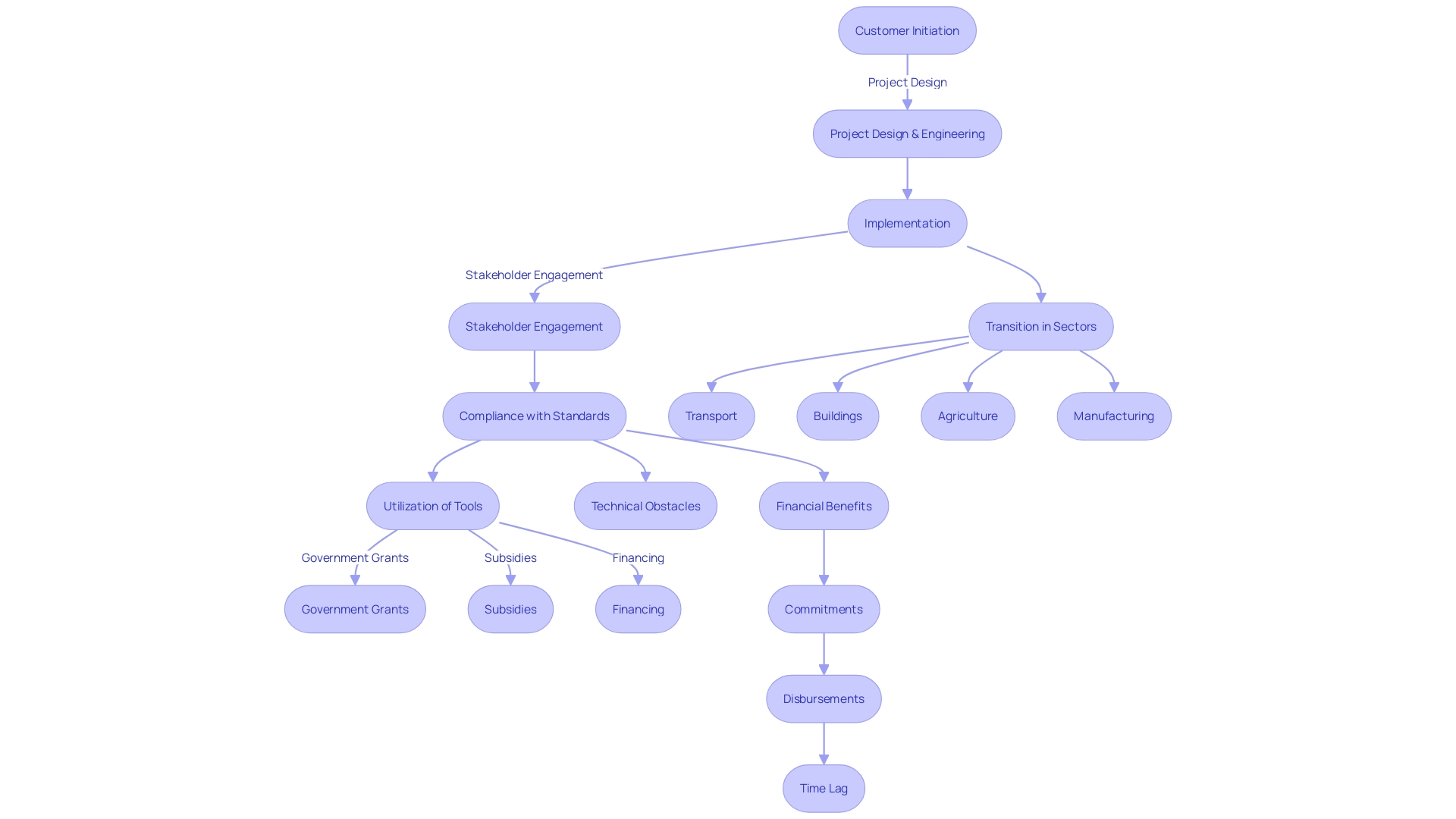
Scaling Up Low-Carbon Technologies
To promote the development of sustainable power, it's essential to embrace low-carbon technologies. Consultants specializing in the field of renewable resources contribute significantly to this transition by advising clients on the most suitable low-carbon alternatives, such as solar power, biomass, or geothermal sources, according to their specific energy goals and property holdings. These experts are skilled at evaluating the technical feasibility, economic viability, and environmental benefits of various technologies, thereby assisting clients in their efforts to enhance their initiatives while reducing reliance on fossil fuels. Their knowledge is especially advantageous in the pursuit of fair and just tenure security, as well as in enhancing the sustainability and efficiency of property and natural resources, which is a cornerstone of programs like LAND-at-scale. Furthermore, with the growth of the sustainable power industry, offering fresh prospects for women and youth in areas such as MENA, advisors play a crucial role in leveraging these technologies for wider socio-economic advantages. With the International Energy Agency (IEA) highlighting the rapid expansion of the clean power economy, the role of professionals in energy landscapes is becoming increasingly critical in shaping the future of power environments and contributing to global efforts to combat climate change.
Overcoming Bottlenecks in Energy Transition
The transformation of the power transition is characterized by a comprehensive overhaul of the traditional power system, affecting seven interlinked domains: power generation, mobility, industry, buildings, raw materials, new fuels, and carbon and power reduction. Within this expansive and intricate system, land advisors emerge as pivotal facilitators, adept at navigating the intricacies of regulatory frameworks, supply chain hurdles, and the incorporation of renewable power sources. Their strategic expertise is vital in dealing with and reducing challenges such as permitting hurdles and societal opposition, thereby ensuring the smooth advancement of sustainable initiatives.
These professionals harness their expertise to foster robust partnerships among diverse stakeholders—ranging from local communities to government entities and environmental advocates—paving the way for fruitful collaborations that align with the overarching goals of the green transition. With the global power system deeply embedded in economies and societies, experts understand the subtle dynamics between established and emerging energy resources, including the function of oil and gas in the present scenario and their potential as transitional fuels, especially natural gas, which releases 50% less CO2 than coal when utilized for electricity production.
As nations work towards reducing climate change through ambitious goals, such as the United States' objective of achieving 100% electricity without carbon pollution by 2035, and Uruguay's nearly achieving this target with 98% of its power coming from environmentally friendly sources, experts play a crucial role in connecting the vision with the actual implementation. Their role is further highlighted by the growing demand for power services driven by population growth and economic expansion, as shown by Southeast Asia's projected 88% increase in gas demand by 2050. Energy land consultants not only expedite the energy transition but also enact strategies that accommodate this growth while maintaining the balance between energy accessibility, affordability, and environmental stewardship.
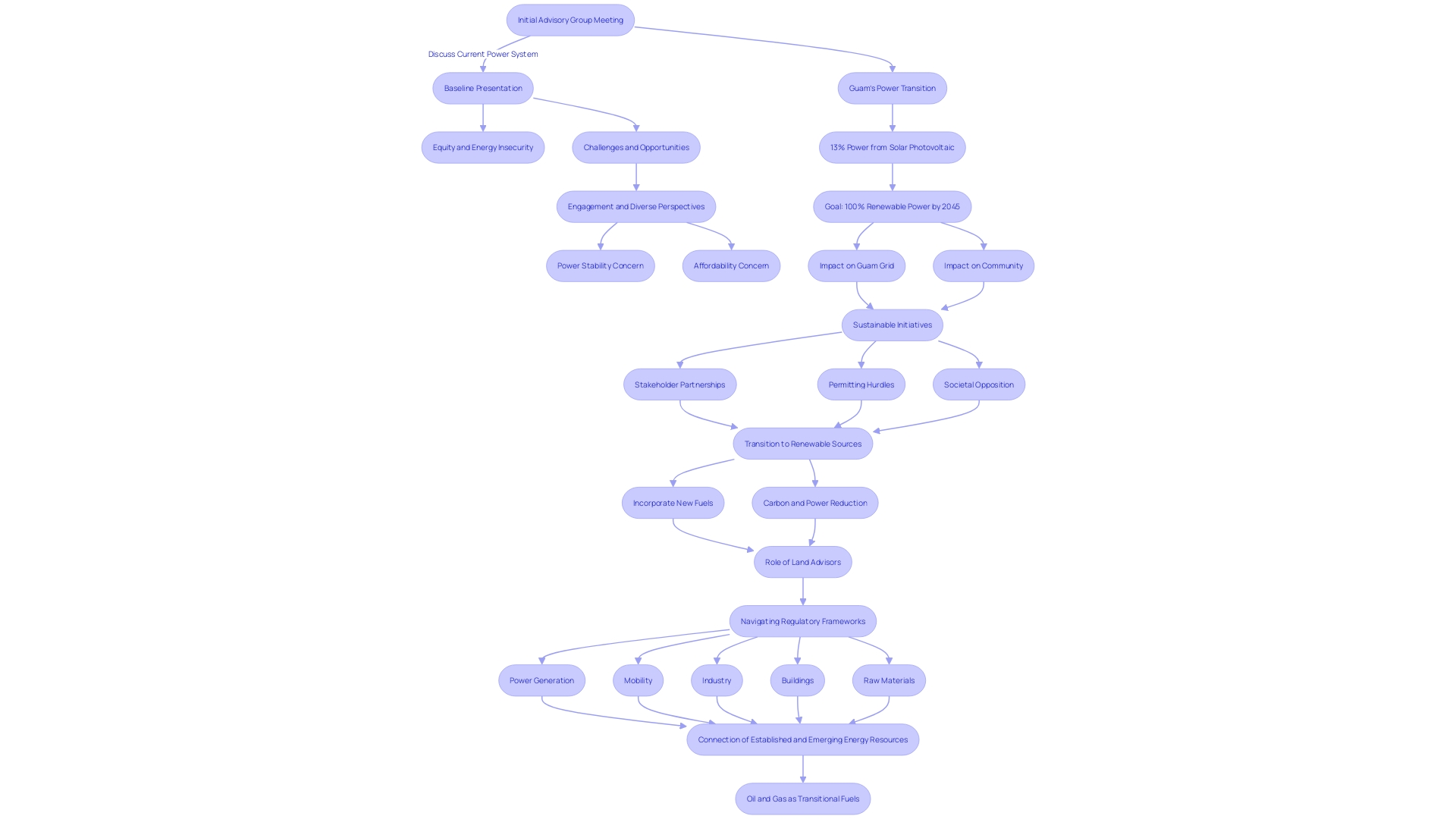
Conclusion
In conclusion, renewable energy technologies like solar, wind, and hydroelectric systems have transformed land utilization by harnessing the natural power of the environment. The concept of agrivoltaics in Pennsylvania showcases the dual use of land for both food and energy generation, promoting a more biodiverse and sustainable agricultural landscape.
Energy land consultants play a vital role in navigating the complexities of energy land transition. Their expertise in strategic planning, site selection, and compliance with regulations ensures successful energy development. They provide expert solutions such as comprehensive site assessments, strategic land acquisition strategies, and fostering renewable energy projects.
In wind energy development, energy land consultants evaluate wind resources, identify optimal sites, and navigate permitting processes. They also address end-of-service strategies, community impacts, and recycling initiatives, promoting responsible management of wind energy resources.
Strategic planning for energy land use requires a balanced approach that considers energy goals and agricultural productivity. The integration of solar photovoltaics into agricultural lands, known as agrivoltaics, emphasizes the importance of careful assessment and land use strategies for coexistence.
Energy land consultants facilitate financial and technical support for energy transition. They navigate complex incentives and regulations, accelerating the shift towards sustainable energy. Their role in bridging the gap between commitments and disbursements enhances the effectiveness of development finance initiatives.
To foster sustainable energy development, energy land consultants guide clients towards low-carbon technologies tailored to their energy objectives and land assets. They assess feasibility, viability, and environmental advantages, promoting the adoption of cleaner energy sources.
Overcoming bottlenecks in energy transition requires the expertise of energy land consultants. They navigate regulatory frameworks, address permitting obstacles, and foster partnerships among stakeholders. Their role is crucial in ensuring the seamless progression of clean energy initiatives.
In conclusion, energy land consultants are essential in unlocking the potential of renewable energy and optimizing land utilization for sustainable development. Their expertise in strategic planning, site selection, and compliance with regulations is instrumental in achieving global energy goals and shaping the future of energy landscapes.




